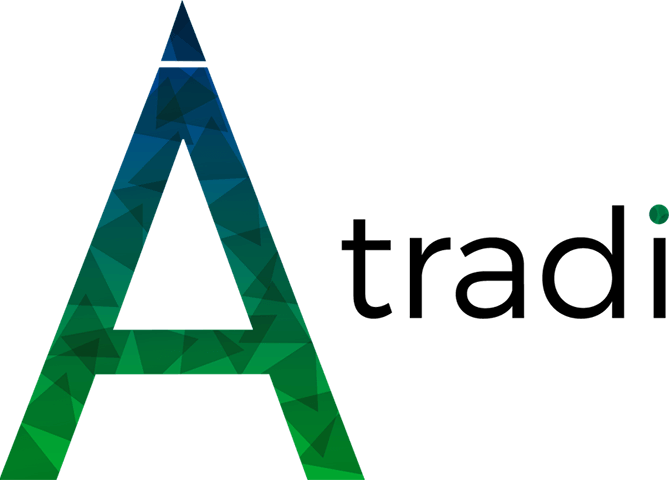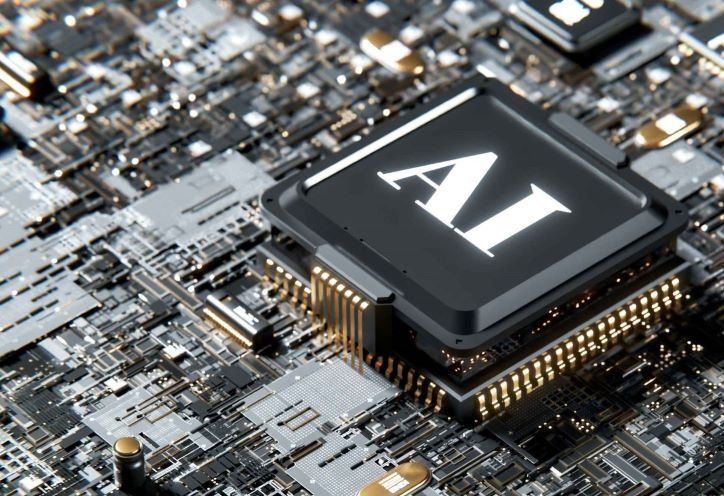


Artificial intelligence is slowly becoming an integral part of our everyday activities. In order to fully understand its purpose and unlock its full potential, we need to keep a close eye on how this phenomenon is evolving and also on the trends accompanying it.
However, AI is nothing new, its origins dating back to the first half of the 20th century, with initial successes being witnessed in the field of translation during the 1950s. Machine Translation (MT) powered by AI utilises various technologies to learn the given language and its structures. Artificial intelligence is having a significant impact on the development of this sector and we can rightly therefore speak of a gradual transformation of the translation industry.
So, what are the advantages and disadvantages of AI-powered translation?
AI is not driving human workers out of their jobs, but merely taking over performance of activities which do not require creative or critical thinking. The world and the way in which we work, communicate and live is beginning to gradually change and transform before our very eyes. This means that it is in particular people capable of critical or innovative thinking who will come to the fore. A new era of close collaboration with AI awaits us, and how we face these innovations is up to each and every one of us alone.